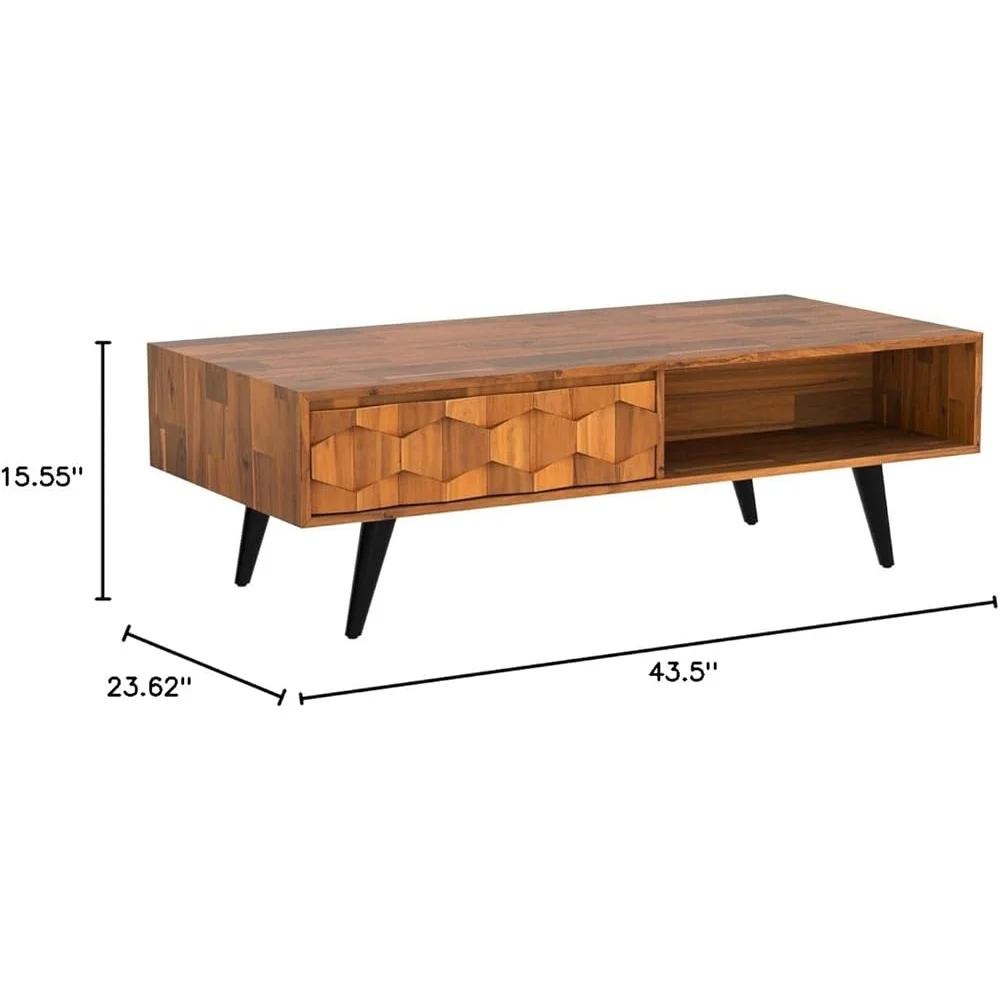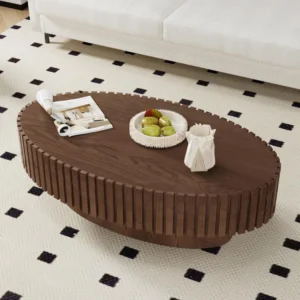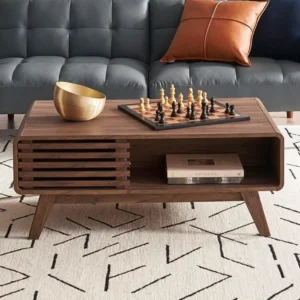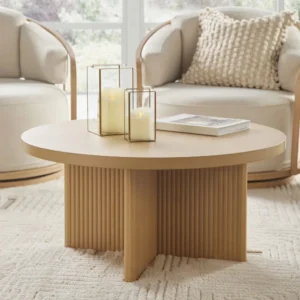Introduction to Authentic Teak Wood
Teak wood (Tectona grandis) stands as one of the most prized hardwoods in the world, originating primarily from Southeast Asian countries including Myanmar (formerly Burma), Indonesia, and Thailand. This remarkable timber has earned its stellar reputation through a unique combination of natural beauty and practical benefits that few other woods can match.
What makes teak so special? Its exceptional durability, remarkable water resistance, and striking golden grain pattern set it apart from ordinary woods. These qualities, combined with its high natural oil content, make teak extraordinarily resistant to rot, insects, and the elements—explaining why it has been the wood of choice for shipbuilding and premium furniture for centuries.
With such desirable properties, it’s no surprise that teak commands a significant price premium in the market. This value has unfortunately led to widespread imitation, with numerous lesser woods being passed off as genuine teak. For consumers investing in intelligent black mid-century coffee tables or other quality furnishings, the ability to distinguish authentic teak from imposters becomes essential.
In this comprehensive guide, we’ll explore the visual characteristics, tactile properties, testing methods, and common substitutes for teak, giving you the knowledge needed to identify the real thing. Whether you’re evaluating mid-century modern teak coffee tables or other furnishings, these insights will help ensure you receive genuine quality for your investment.
Visual Characteristics: The Golden Hallmarks of Genuine Teak
The first step in identifying authentic teak is understanding its distinctive visual appearance. Real teak wood presents a rich golden-brown to honey-colored heartwood, often accompanied by lighter sapwood. This warm, inviting tone is one of teak’s most recognizable traits, though it’s important to note that the color naturally evolves over time.
When exposed to the elements, particularly sunlight, genuine teak develops a beautiful silvery-gray patina. This weathering process is completely natural and actually protects the wood beneath. Even with this color change, the underlying structure and grain pattern remain distinctly teak.
Speaking of grain, authentic teak typically features:
- A straight to slightly wavy grain pattern
- Occasional areas of interlocking grain that create subtle visual interest
- A natural luster or sheen due to its high oil content
- Visible growth rings that indicate the wood’s age and origin
- Uniform coloration within each section (heartwood or sapwood)
- A medium to coarse texture that contributes to its character
The quality of teak can vary significantly based on growing conditions. Old-growth teak, typically harvested from forests in Myanmar, often displays tighter growth rings and more consistent coloration than plantation-grown teak. These visual differences don’t necessarily mean one is inauthentic—just that they represent different grades of the same wood.
For those interested in identifying genuine teak furniture, these visual characteristics provide important initial clues. When examining potential purchases, take time to study the grain patterns and colorations, comparing them to known examples of authentic teak when possible. The distinctive grain patterns are especially visible in solid wood coffee tables where larger surfaces showcase the wood’s natural beauty.
The Feel of Real Teak: Tactile Assessment
Beyond visual inspection, touching and handling teak provides crucial information about its authenticity. Genuine teak has distinctive tactile properties that are difficult to replicate in imitation products.
One of the most telling characteristics is teak’s weight and density. Authentic teak is a medium-heavy wood, weighing approximately 40-45 pounds per cubic foot (641-721 kg/m³). When you lift a piece of real teak furniture, it should feel substantial and solid—neither excessively light nor impossibly heavy. This weight comes from teak’s dense cellular structure, which contributes to its legendary durability.
The surface of real teak offers another important clue: its distinctive oily or waxy feel. This natural oiliness comes from the wood’s high tectoquinone content and can be detected even in finished pieces. Run your hand across unfinished teak, and you might notice a slightly slick sensation—almost as if the wood had been lightly oiled, even when it hasn’t.
Authentic teak also demonstrates impressive hardness, with a Janka hardness rating of approximately 1,000-1,155 lbf (4,440-5,140 N). While not the hardest wood available (compare to hard maple at around 1,450 lbf), teak offers an excellent balance of hardness and workability. A simple test: press your fingernail into an inconspicuous area—genuine teak will resist indentation more effectively than softer woods commonly used as substitutes.
The surface texture of teak provides additional identification clues. Unfinished teak feels somewhat coarse but becomes remarkably smooth when properly finished. Even with its natural oils, real teak maintains a warmer feel than synthetic materials trying to mimic its appearance.
When identifying real wood coffee tables, these tactile assessments become invaluable tools for distinguishing quality materials from inferior substitutes.
The Distinctive Aroma: What Real Teak Smells Like
One of the most overlooked yet reliable methods for identifying authentic teak is its distinctive scent. Genuine teak wood possesses a unique aroma often described as leather-like, slightly spicy, and pleasantly woody. This distinctive smell comes from the natural oils (primarily tectoquinones) that permeate the wood’s cellular structure.
The aroma is most noticeable when the wood is freshly cut or sanded, as these actions release more of the volatile compounds that create teak’s signature scent. For furniture pieces, you can often detect this smell by gently sanding a small, inconspicuous area or by opening drawers or cabinets where the scent may be preserved from the outside air.
While the intensity of teak’s aroma diminishes over time, even older vintage coffee tables often retain a subtle version of this characteristic scent. To check an older piece, try examining areas that haven’t been heavily exposed to air or cleaning products, such as the underside of tables or the interior of cabinets.
It’s worth noting that some manufacturers apply scented treatments to imitation woods in an attempt to mimic teak’s natural aroma. However, these artificial scents typically smell sharper, more chemical, or overly sweet compared to genuine teak’s subtle, organic fragrance. Trust your nose—it’s often more discerning than you might think when it comes to distinguishing natural from artificial scents.
Practical Tests for Teak Authentication
Beyond observation, several simple tests can help confirm whether you’re dealing with authentic teak. These practical assessments require minimal tools and can provide convincing evidence of a wood’s true identity.
The Water Test
Teak’s natural water resistance provides an excellent verification method:
- Find an unfinished or inconspicuous area of the wood
- Place a small drop of water on the surface
- Observe how the water behaves
On genuine teak, water will bead up and sit on the surface rather than being quickly absorbed. This beading effect occurs because of teak’s natural oils that repel moisture—the same property that has made it prized for marine applications for centuries. The water may eventually absorb, but much more slowly than with most other woods.
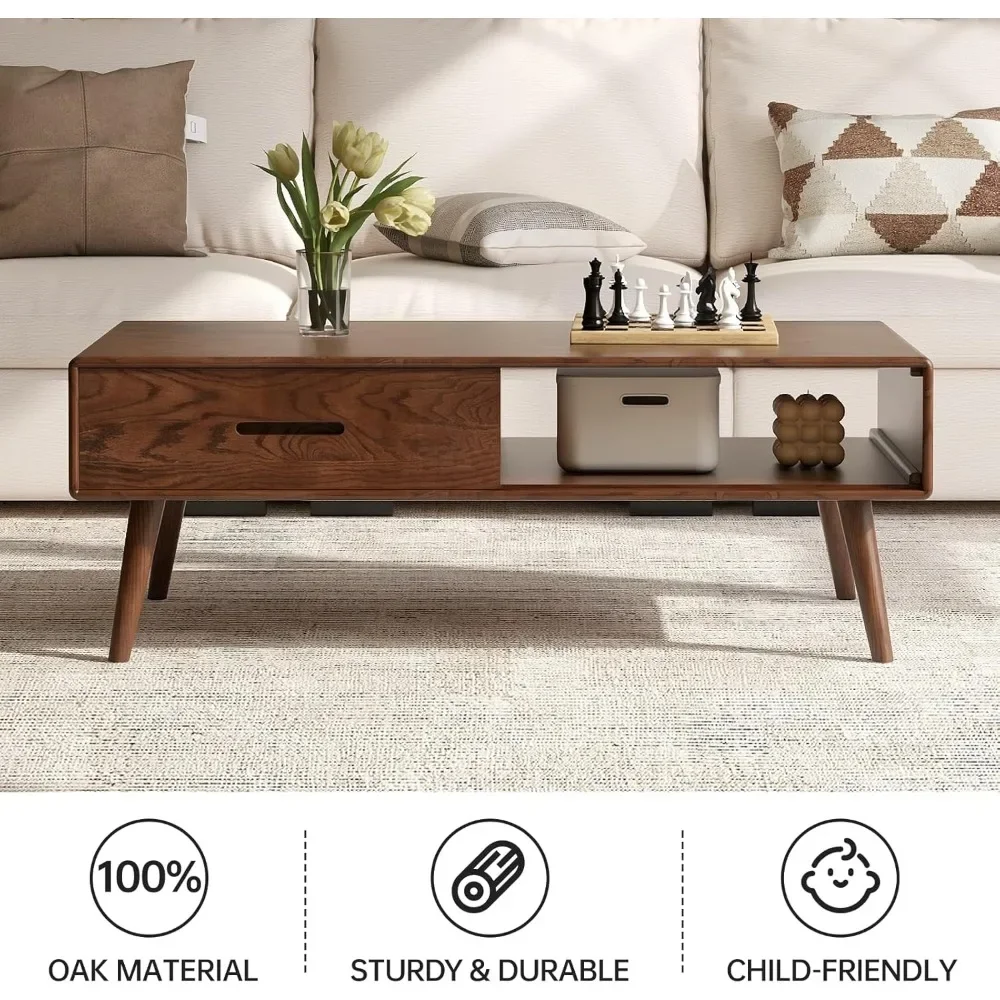
The Scratch Test
For a more definitive assessment:
- In an inconspicuous area, make a tiny scratch with your fingernail or a coin
- Observe the color beneath any finish
- Look for the characteristic golden-brown color of authentic teak
This test helps reveal whether a piece is solid teak or merely a cheaper wood with a teak-colored finish. Real teak will maintain its color consistency beyond the surface.
The Weight Test
Lift the piece and assess its weight relative to its size. Authentic teak has a distinctive heft—neither extremely heavy like some exotic hardwoods nor light like pine or cedar. With experience, you’ll develop a feel for teak’s characteristic weight-to-size ratio.
The Oil Test
Handle raw teak for a few minutes, then rub your fingers together. Authentic teak will leave a slightly oily or waxy feeling on your skin due to its natural oil content. This subtle residue is another indicator of genuine teak rather than an imitation.
For those interested in preserving teak’s natural beauty, understanding its properties helps in selecting the best table finishes for teak grain.
Understanding Teak Grades and Quality Differences
Not all authentic teak is created equal. Within the category of genuine teak wood, significant quality variations exist that affect appearance, durability, and price. Understanding these grades helps you make informed decisions and recognize fair pricing.
The most common grading system for teak includes:
Grade A (FEQ – First European Quality): The highest quality, featuring straight grain, rich golden-brown color, minimal knots, and high oil content. Primarily heartwood with little to no sapwood.
Grade B: Good quality with some minor color variations, occasional small knots, and a mix of heartwood and sapwood. Still durable but less visually perfect than Grade A.
Grade C: Contains significant sapwood, more knots, and color variations. While still genuine teak, it lacks the premium appearance and may have slightly reduced weather resistance.
Grade D: Primarily sapwood with numerous knots and color inconsistencies. The lowest commercial grade of authentic teak.
The difference between old-growth and plantation teak also affects quality. Old-growth teak, harvested from trees that may be 100+ years old, typically offers denser grain patterns, richer coloration, and higher oil content. Plantation teak, from trees typically harvested at 20-25 years, can still be high quality but often has wider grain spacing and lighter color.
Geographic origin matters as well. Myanmar (Burma) teak has historically been considered the highest quality due to ideal growing conditions, while teak from Indonesia, Thailand, or newer plantation locations may exhibit different characteristics while still being genuine.
These quality differences directly impact price, with top-grade Burmese teak commanding premium prices that can be several times higher than lower grades or plantation-grown alternatives. When evaluating furniture featuring black mid-century coffee table design, understanding these grade distinctions helps assess whether the price reflects the true quality of the materials used.
Common Imposters: How to Spot Fake Teak
The premium status of teak has led to a proliferation of imitations in the marketplace. Knowing these common substitutes helps protect you from misleading claims and ensures you receive authentic value for your investment.
Philippine Teak (Nyatoh)
- Appearance: Similar color but often redder/pinker undertones
- Properties: Lacks teak’s natural oils; requires more maintenance
- Giveaway: Absorbs water quickly rather than repelling it; grain often more pronounced
African Teak (Iroko)
- Appearance: Golden-brown similar to teak but typically darker
- Properties: Good durability but less resistant to moisture
- Giveaway: Heavier than genuine teak; grain often more irregular and pronounced
Shorea/Meranti
- Appearance: Can be stained to resemble teak’s color
- Properties: Lower density; less natural oil content
- Giveaway: Rougher texture; lacks teak’s distinctive scent; absorbs water more readily
Acacia
- Appearance: Varied grain patterns often more dramatic than teak
- Properties: Less stable with tendency to warp in changing conditions
- Giveaway: Usually lighter weight; lacks teak’s water resistance
Rubberwood with Teak Stain
- Appearance: Can be convincingly stained to match teak’s color
- Properties: Much less durable; poor moisture resistance
- Giveaway: Softer surface that dents easily; lacks natural oils; unnatural uniformity
Engineered Wood with Teak Veneer
- Appearance: Thin layer of real teak over cheaper substrate
- Properties: Cannot be refinished repeatedly; susceptible to water damage
- Giveaway: Check edges and undersides for layer lines; tap test produces different sound than solid wood
Red flags that often indicate fake teak include:
* Unnaturally uniform color throughout
* Prices significantly below market average for teak
* Vague material descriptions (“tropical hardwood” or “teak finish”)
* Excessive shine from heavy finish rather than natural luster
* Wood that readily absorbs water or quickly develops water stains
For comparison, examining walnut coffee tables can help understand the distinct differences between premium wood species, as walnut has its own unique characteristics that differ from both teak and its imitators.
The Role of Finish in Teak Identification
Finishes can significantly complicate the process of identifying authentic teak. Various oils, sealants, varnishes, and stains can alter the wood’s appearance, making visual identification challenging even for experienced eyes.
Many manufacturers apply finishes specifically designed to make lesser woods resemble teak. These finishes can approximate teak’s golden hue and even add artificial grain patterns. However, they typically cannot replicate teak’s natural luster, which comes from within the wood rather than from surface treatments.
Authentic teak is often finished with specific products that enhance its natural properties. Traditional teak oil (which doesn’t actually come from teak trees) penetrates the wood to enhance its natural color while maintaining its breathing properties. Other finishes like Danish oil or specialized marine sealants preserve teak’s character while providing additional protection.
When evaluating finished wood, look beyond the surface color. Examine:
* Edge grain where finish may be thinner
* Underside areas that may have less finish applied
* Areas of natural wear where the true wood might be exposed
Excessive finish should raise suspicion—heavily lacquered surfaces can hide lower-quality wood beneath. Quality teak pieces usually have relatively thin finishes that showcase rather than disguise the natural beauty of the wood.
For those interested in how finishes affect the overall look of furniture, exploring features of black mid-century coffee tables provides valuable insights into how different finishing techniques interact with premium woods.
Identifying Aged Teak: Patina and Weathering Characteristics
One of teak’s most remarkable properties is how it ages. Unlike many woods that deteriorate when exposed to the elements, authentic teak develops a distinguished silvery-gray patina that many enthusiasts actually prefer to its original golden tone. Understanding this aging process helps identify genuine teak, particularly in vintage or outdoor pieces.
When exposed to sunlight and weather, real teak undergoes a gradual transformation:
* The surface color shifts from golden-brown to a soft silver-gray
* The grain pattern becomes more pronounced and textured
* The wood develops a slightly rougher surface texture while maintaining structural integrity
* Despite color changes, the wood remains stable and resistant to rot
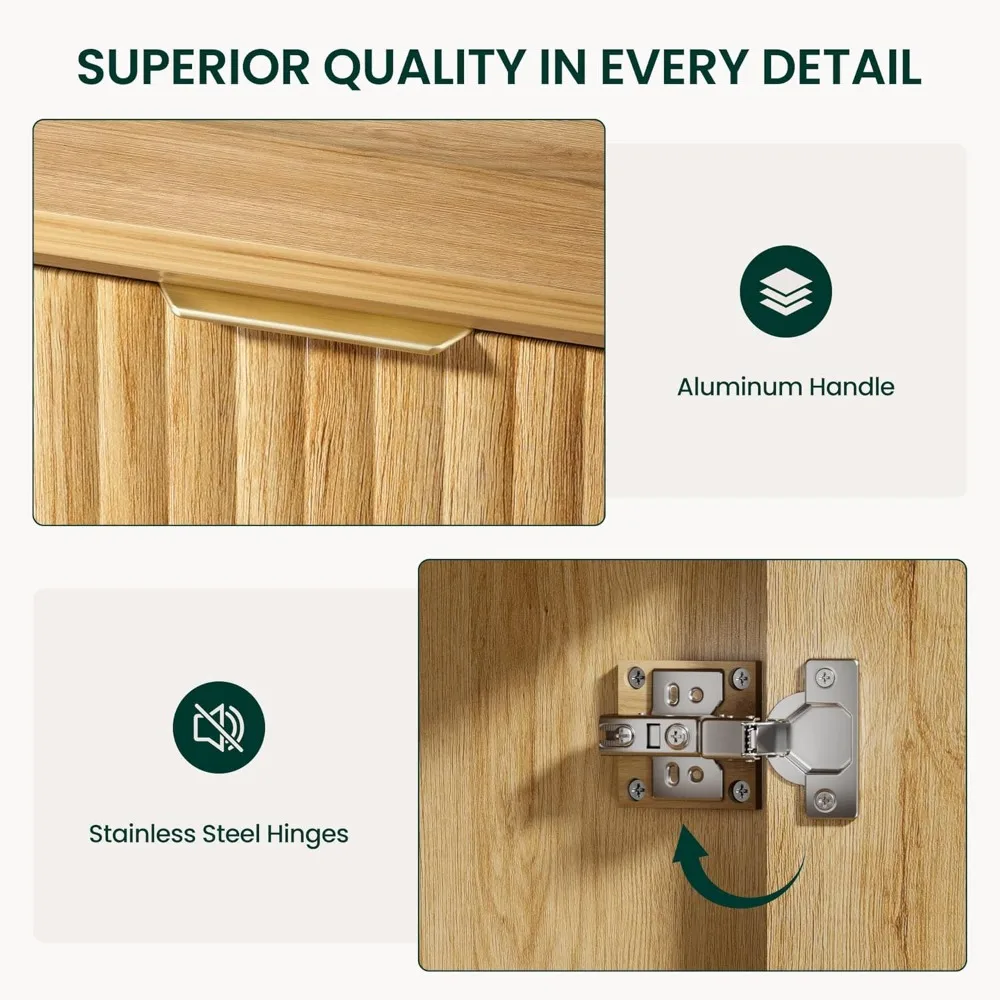
This natural patination process occurs from the outside in and is relatively shallow—beneath the weathered surface, the wood retains its original color and properties. When lightly sanded, aged teak will reveal its golden interior, confirming its identity.
In contrast, imitation woods often weather unevenly, developing blotchy discoloration, cracks, or warping rather than the uniform silvery patina of genuine teak. Many fake products will also show more significant degradation of the wood structure itself, rather than just surface color changes.
Some manufacturers artificially age wood to mimic teak’s patina, but these treatments typically lack the depth and character of natural aging. They may appear too uniform or have an unnatural grayish tint that doesn’t match the warm silver of genuinely aged teak.
For collectors and enthusiasts, understanding what makes teak tables iconic includes appreciating how this remarkable aging process contributes to teak’s enduring appeal in both contemporary and vintage designs.
Teak in Mid-Century Modern Design: Authenticity in Furniture
Teak rose to prominence in the mid-20th century, becoming synonymous with Scandinavian and Mid-Century Modern furniture design. This period’s emphasis on clean lines, organic forms, and honest materials made teak an ideal choice for designers seeking both beauty and functionality.
Authentic mid-century teak furniture pieces share several distinctive characteristics:
- Minimalist joinery techniques like finger joints or dovetails
- Tapered legs with characteristic angles
- Hardware that complements rather than dominates the design
- Oil finishes that enhance rather than mask the wood’s natural properties
- Secondary woods used strategically for internal structures
- Precise proportions and balanced design elements
When evaluating vintage or reproduction pieces, examine the construction details. Authentic mid-century teak furniture typically features solid craftsmanship with joints that have remained tight despite decades of use. The wood should show consistent aging throughout, with any repairs or replacements clearly visible due to color and patina differences.
For vintage pieces, check if a piece is solid teak or veneer by examining edges, undersides, and drawer construction. While many quality mid-century pieces did utilize teak veneer (often for practical and environmental reasons), this should be reflected in the price and marketing.
Danish coffee tables represent some of the finest examples of mid-century teak craftsmanship, with their elegant proportions and meticulous attention to wood grain orientation demonstrating why these pieces remain highly sought after today.
Mid-Century Modern Solid Wood Coffee Tables, Mid-Century Modern Teak Coffee Tables
$879.95 Select options This product has multiple variants. The options may be chosen on the product pageMid-Century Modern Danish Coffee Tables, Mid-Century Modern Oval Coffee Tables, Mid-Century Modern Solid Wood Coffee Tables
$390.05 Select options This product has multiple variants. The options may be chosen on the product pageMid-Century Modern Glass Top Coffee Tables, Mid-Century Modern Vintage Coffee Tables, Mid-Century Modern Vintage Side & End Tables
$725.36 Select options This product has multiple variants. The options may be chosen on the product pageMid-Century Modern Oval Coffee Tables, Mid-Century Modern Solid Wood Coffee Tables
$679.56 Select options This product has multiple variants. The options may be chosen on the product pageMid-Century Modern Solid Wood Coffee Tables, Mid-Century Modern Walnut Coffee Tables
$501.53 Select options This product has multiple variants. The options may be chosen on the product pageMid-Century Modern Round Coffee Tables, Mid-Century Modern Solid Wood Coffee Tables
Price range: $522.31 through $559.78 Select options This product has multiple variants. The options may be chosen on the product page
Quick Reference Guide: Teak Identification Checklist
Use this practical checklist when evaluating potential teak purchases to ensure authenticity:
Visual Assessment
* Color: Golden-brown to honey color (new) or silvery-gray patina (weathered)
* Grain: Straight to slightly wavy, with occasional interlocking patterns
* Texture: Medium to coarse with visible pores
* Uniformity: Consistent color within heartwood sections
* Luster: Natural subtle sheen rather than artificial gloss
Tactile Evaluation
* Weight: Medium-heavy for its size (40-45 pounds per cubic foot)
* Feel: Slightly oily or waxy surface texture
* Hardness: Resistant to fingernail indentation
* Temperature: Warm to the touch compared to synthetics or metal
Sensory Tests
* Aroma: Leather-like, slightly spicy scent when freshly cut or sanded
* Sound: Solid, warm tone when tapped (not hollow or dull)
Practical Tests
* Water Test: Water drops bead up rather than absorbing quickly
* Scratch Test: Consistent color beneath the surface
* Oil Residue: Slight oily feeling on hands after handling unfinished sections
Price Reality Check
* Significantly below-market prices should raise immediate suspicion
* Quality teak represents an investment—if it seems too good to be true, it likely is
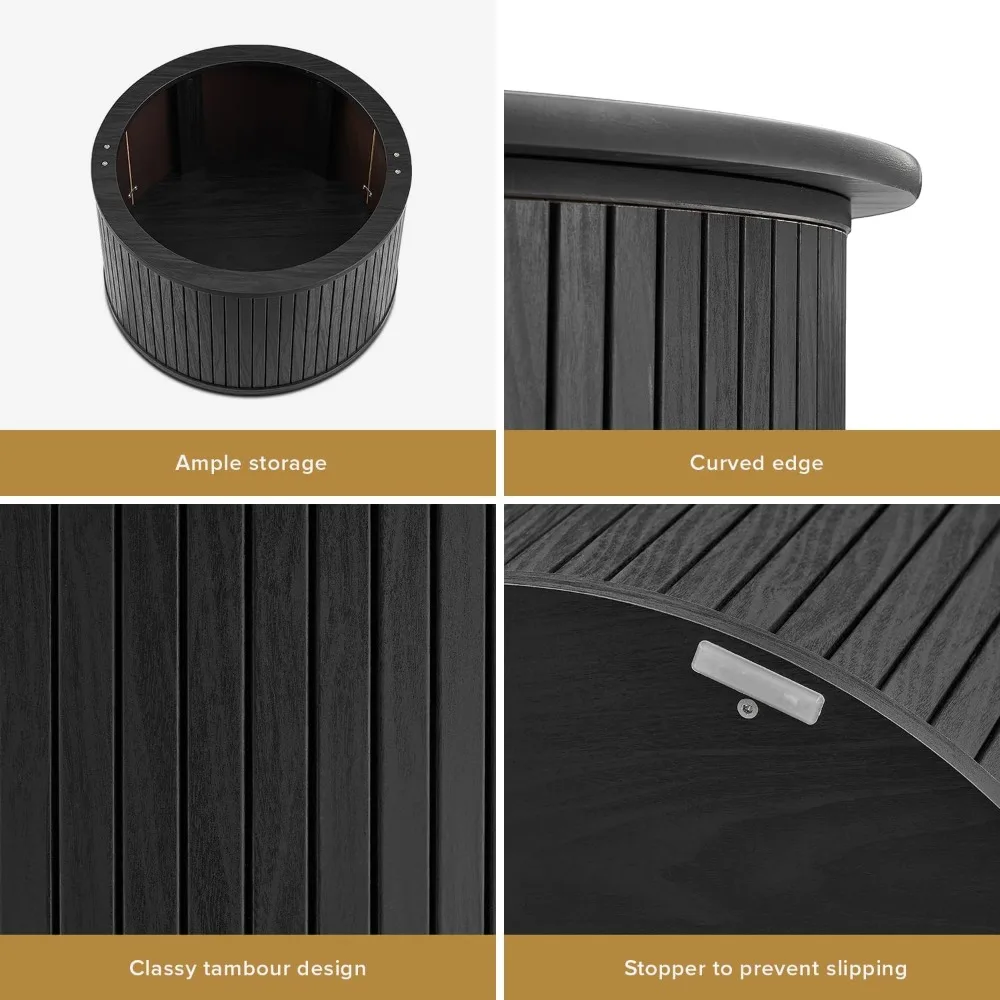
For comprehensive guidance on integrating authentic teak furniture into your space, exploring styles that complement mid-century modern provides valuable design insights.
Frequently Asked Questions About Teak Identification
Is plantation-grown teak as good as old-growth teak?
Plantation teak can be authentic quality teak, though it typically has wider grain spacing and slightly lower oil content than old-growth teak. For most practical applications, well-grown plantation teak provides excellent performance while offering greater sustainability.
Can teak have knots and still be authentic?
Yes. While premium grade teak has minimal knots, lower grades can contain knots while still being genuine teak. Knots don’t necessarily indicate a fake, just potentially a lower grade.
How can I tell if furniture is solid teak or just teak veneer?
Examine edges, corners, and underside surfaces. Solid teak will show consistent grain patterns throughout, while veneered pieces will show layer lines or different wood underneath. Check exposed end grain where possible.
Does all authentic teak come from Myanmar/Burma?
No. While Burmese teak is traditionally considered the highest quality, genuine teak is also grown in Thailand, Indonesia, and plantation environments in various tropical regions worldwide.
Is teak always an expensive wood?
Generally, yes. Authentic teak commands premium prices due to its desirable properties and growing scarcity. Suspiciously low prices often indicate either lower-grade teak or an imitation wood.
Can outdoor teak furniture be left untreated?
Yes. Teak’s natural oils provide excellent weather resistance. Untreated teak will develop a silvery patina but maintain structural integrity for decades when properly constructed.
How can I verify authenticity before purchasing?
Request detailed information about the wood source, examine samples when possible, and apply the identification techniques covered in this guide. Reputable sellers will readily provide information about their teak sources.
For more detailed information about grain patterns and how they influence furniture design, explore our guide on the art and science of teak grain in furniture design.
Why Choose Authentic Teak: Benefits Beyond Aesthetics
Investing the time to identify genuine teak rewards you with more than just aesthetic beauty. Authentic teak offers practical advantages that directly translate to long-term value:
Exceptional Longevity: Quality teak furniture can last for generations—even outdoor pieces can survive 50+ years with minimal maintenance. This longevity makes authentic teak an investment rather than a temporary purchase.
Natural Weather Resistance: Teak’s remarkable stability in varying humidity conditions means minimal warping, cracking, or checking compared to most other woods. This stability is particularly valuable for furniture that will experience seasonal changes.
Low Maintenance Requirements: Unlike many woods that demand regular refinishing and protection, teak can maintain its integrity with minimal care. Its natural oils continue working even as the surface patinates.
Inherent Beauty That Improves With Age: While many materials degrade over time, teak often becomes more character-rich and appealing as it ages, developing a unique patina that can’t be artificially replicated.
Sustainability When Properly Sourced: Well-managed teak, particularly from certified plantations, represents a renewable resource whose durability means fewer replacement products and less overall resource consumption.
Understanding how to identify authentic teak empowers you to make informed purchases that deliver these benefits while avoiding disappointing imitations. For those interested in showcasing quality teak furniture in their spaces, our guide on decorating with black mid-century coffee tables provides inspiration for highlighting these exceptional pieces.
At Hearth Forms, we appreciate the enduring quality of genuine teak and its ability to transform living spaces with its timeless appeal and remarkable durability. The time invested in learning proper identification ensures your furniture selections will stand the test of time, both structurally and aesthetically.

